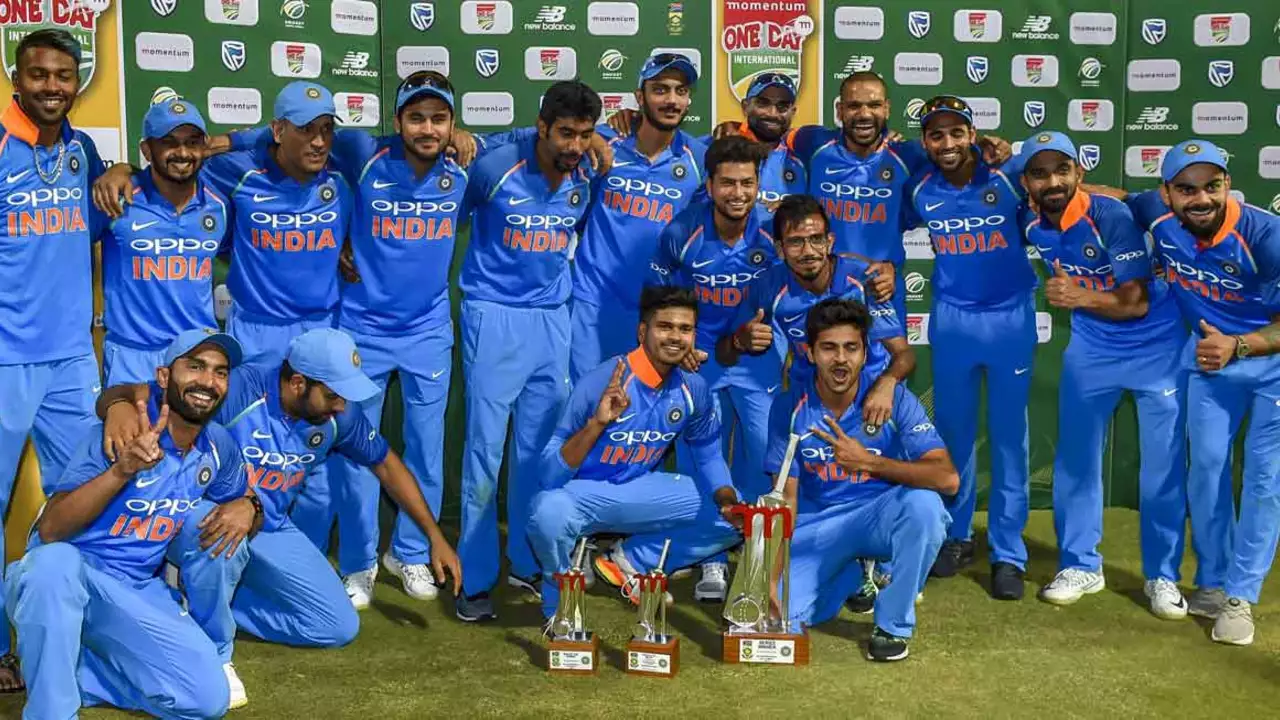Sports Development: How Games Grow Communities and Talent
When talking about Sports Development, the systematic effort to boost participation, performance, and facilities across all levels of sport. Also known as sport advancement, it links grassroots clubs, elite pathways, and public health goals. Sports Development isn’t just about building stadiums; it’s about creating chances for anyone to pick up a ball, learn skills, and stay healthy.
One of the biggest engines driving this process is Cricket, a bat‑and‑ball game with deep roots in schools and community leagues. Cricket clubs often serve as social hubs, offering coaching for kids, fitness sessions for adults, and volunteer opportunities that keep neighborhoods connected. When a club launches a junior program, it directly fuels the wider sport development agenda by feeding talent into higher leagues and encouraging lifelong activity.
Why Mental Health Matters in Sports Development
Another pillar is Mental Health, the psychological well‑being of athletes, coaches, and supporters. Modern development plans embed counseling services, 24/7 community support, and self‑referral therapy options to remove barriers. By linking mental health resources to sports clubs, we see lower dropout rates and stronger team chemistry. In London’s new Mental Health Strategy, for example, neighborhood sports hubs become safe spaces for people to discuss stress, which in turn boosts attendance at local games.
Leadership also shapes the direction of sports development. A Performance Director, a senior role overseeing athlete pathways, coaching standards, and competition planning brings a data‑driven mindset to programs. When England appointed a former rugby star as performance director, the move sparked conversations about cross‑sport learning and how strategic oversight can lift entire ecosystems. The director’s job is to align resources, set measurable goals, and ensure that every player, from schoolboy to professional, gets the support they need.
Putting these pieces together creates a clear web of influence: Sports Development encompasses community programs; Cricket fuels participation and talent pipelines; Mental Health initiatives keep athletes engaged and resilient; Performance Directors steer the whole system toward measurable success. Each element feeds the others, forming a cycle that raises the overall quality of sport in a region.
Below you’ll find a curated set of posts that dive deeper into these themes. From retirement stories that highlight leadership transitions, to analyses of match conditions that affect gameplay, the collection shows how sports development touches every corner of the game. Keep reading to discover practical examples, fresh perspectives, and actionable ideas you can bring to your own club or community project.
